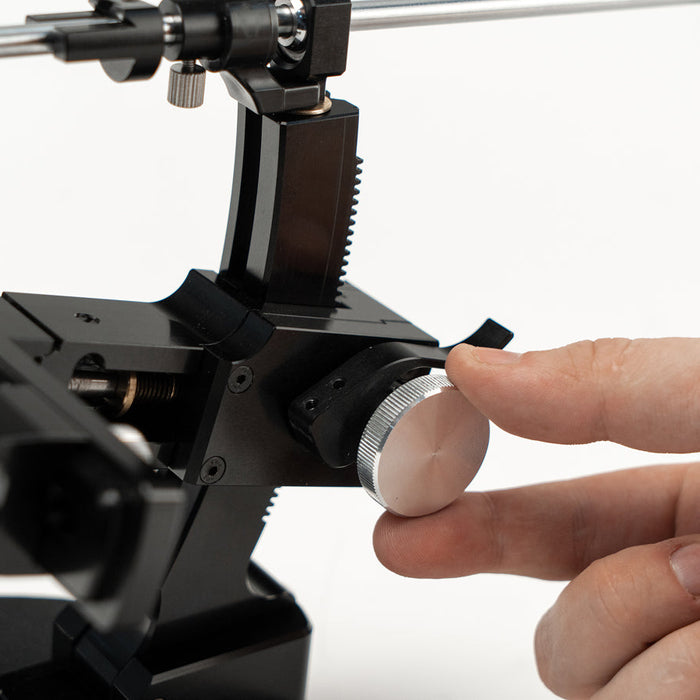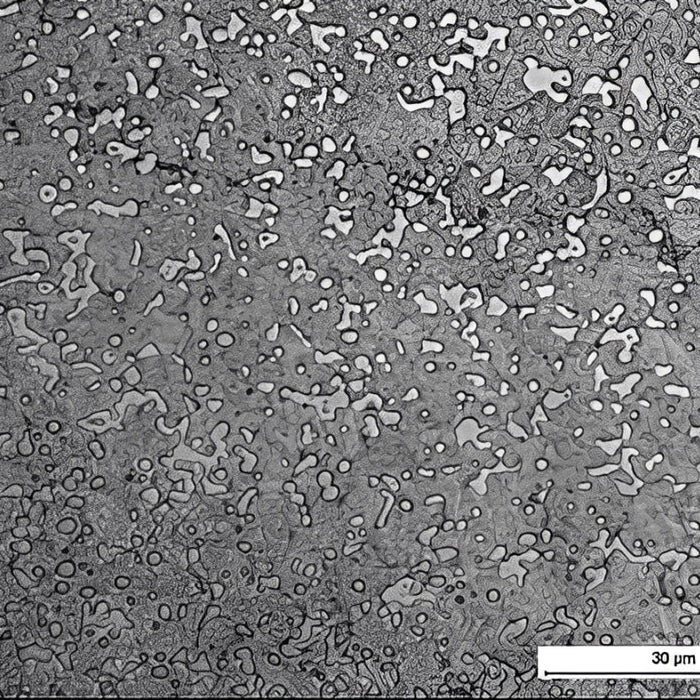
The Kukri knife is the most famous ethnic knife of Asia. Its unusual appearance with a memorable curve of the blade has become the national symbol of the Gurkhas, an ancient people inhabiting the Himalayas.

The historical roots of the origin of this knife are not reliably discovered, it is believed that it could be a direct descendant of the Greek knife Kopis, which came to the region of Nepal with the army of Alexander the Great. It was then spread in the "Hellenistic world" in the IV-I centuries BC. However, there are other versions of its appearance: from ancient Egyptian ritual knife to the African knives. Today, kukri have become one of the main symbols of Gurkha culture. They are produced in large quantities for tourists and exported, finding demand among fans of exotic knives around the world. In addition, these knives are officially in service with the Nepal Police as well as police and army units of some East Asian countries. Nowadays in Nepal a huge number of types and models of kukri are produced, with different blade geometry, weight and size.

In its geometry, the kukri resembles a long utility knife, similar in function to the machete or the Philippine bolo. However, since it originally had a combat use, its parameters as a household tool have peculiarities. First of all, kukri has a strong inward bend of the blade, designed for top-down chopping. But at the same time the knife is distinguished by a rather complex combined geometry of the blade, which includes in addition to the curve a convex grind. The average length of a Nepalese kukri blade is 280 to 400mm. And the spine thickness may differ from 5 to 10 millimeters or more.
Traditional kukri have additional design elements, such as a fuller at the spine with a special spike, metal rings and a metal tip on the hilt. The blades were traditionally made of carbon steel, and since the twentieth century they have been made of tool steel as well. In particular, many craftsmen prefer to use spring steel, similar to the Russian 65G. It has a sufficiently high ductility and toughness, but can be hardened to an acceptable hardness. The blades of many knives in Nepal are still forged by hand, followed by original methods of heat treatment. Zone hardening is used for traditional kukri. The steel on the butt is soft at about 30 HRC, and in the area of the cutting edge 57 - 58 HRC. However, traditional masters usually don't have hardness testers and the exact parameters of the heat treatment can differ very much from the declared ones.
Naturally, carbon steel on traditional knives is prone to severe rusting. A mirror polish, which comes in both glossy and matte finishes, helps to fight corrosion. Various drawings and national ornaments are also often engraved on the blade. Handles of knives are made of rosewood or horns of different hoofed animals. The mounting of the blade is carried out by a hidden tang installation, with the tang passing through the entire handle. A special glue is used to fix it firmly.

Kukri are usually equipped with special wooden scabbards covered with cowhide or water buffalo leather and forged with metal. Each knife is supplied with two additional items - karda and hakma. The first is a knife for small jobs, made in the style of a large kukri. And the second one is a steel honing rod with a handle, which serves for fixing edges of the kukri and karda itself, as it is heat-treated above 60 HRC.

On the wave of interest to various exotic knives that developed in the last thirty years, the world's largest manufacturers began to produce machetes designed to look like kukri. Most often they are knives with a blade of about 25-35 centimeters and an inward bend of the blade which is typical for kukri. Thickness of the blade of such products is much less than traditional knives and is about 5 mm. Carbon steel is used: American manufacturers use Carbon steel 1055-1095 or SK5, Russian U8 or 65G. Zone hardening is not used for modern "kukri", the hardness is usually about 56-58 HRC. To protect it from corrosion special coatings are used, such as DLC (Diamond-Like Coating). Sheaths are made of nylon or kydex.

Sharpening a traditional kukri is quite difficult. On sharpening machines with special jaws, most of these knives cannot be clamped, as the spine thickness exceeds 6 mm. To fix their edges and sharpen them you need to use hand stones and honing rods. At the same time, kukri from modern manufacturers are not difficult to sharpen. You can use sharpening stones made of silicon carbide and aluminum oxide, as well as electroplated diamond plates made with galvanic binder. The use of organic diamond stones is not recommended because soft steel will lead to rapid wear of such stones. For grinding of the complex area around the curve of the blade you may use narrow stones such as Boride aluminum oxide stones. For such long knives the TSPROF К03 sharpener is perfect, as well as the TSPROF К03 Pro with the integrated Axicube-I angle finder.












